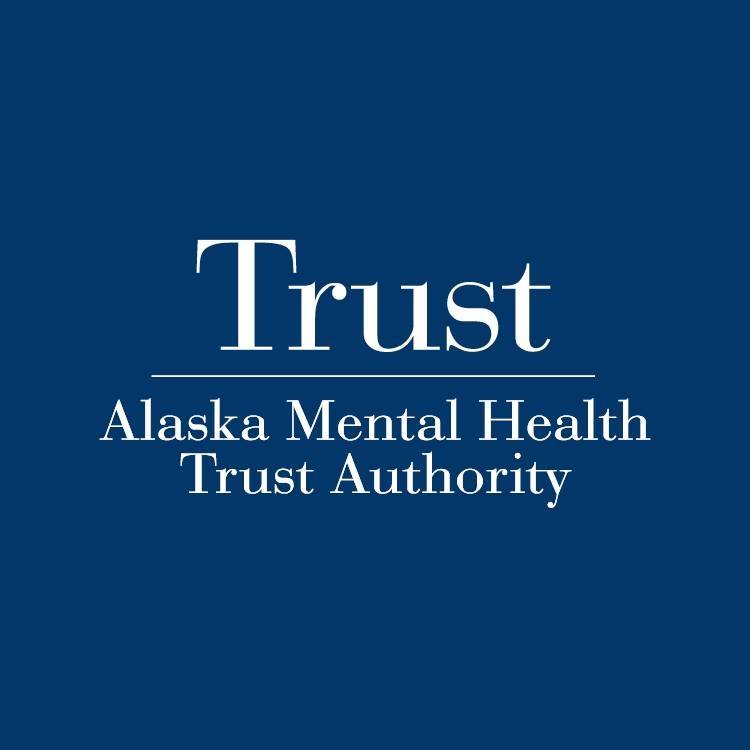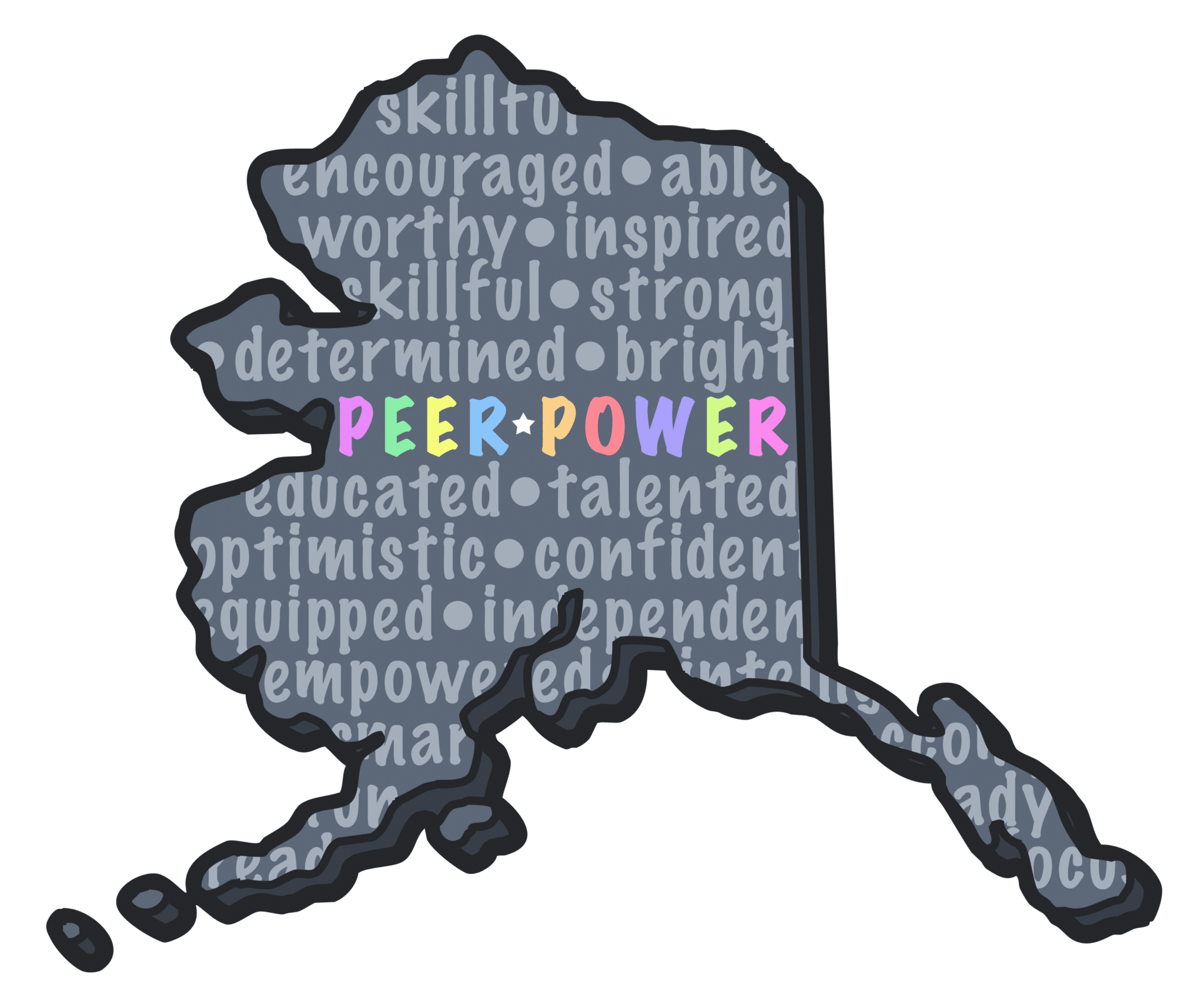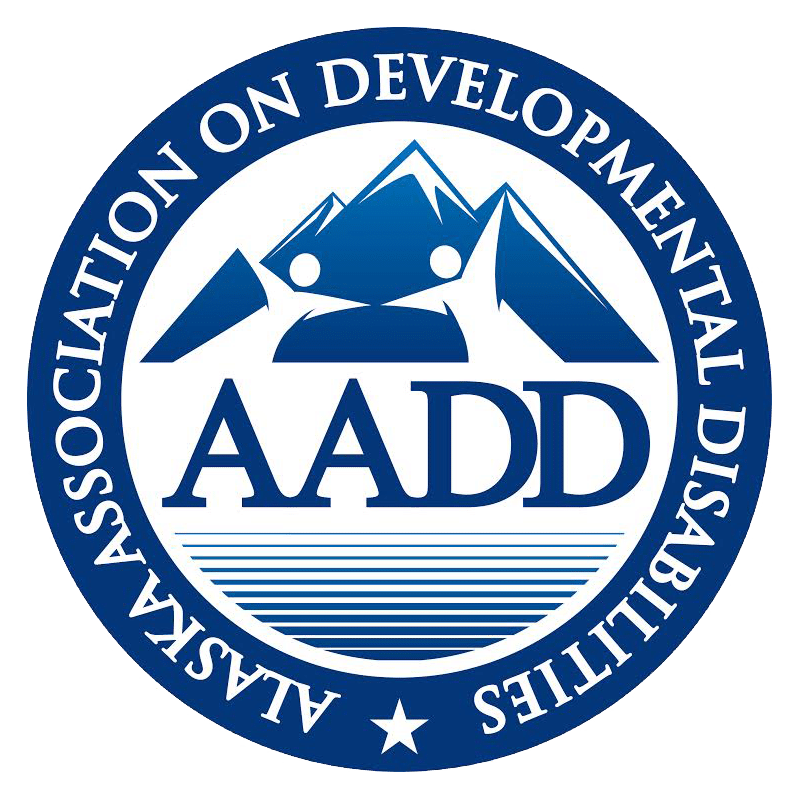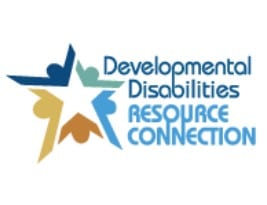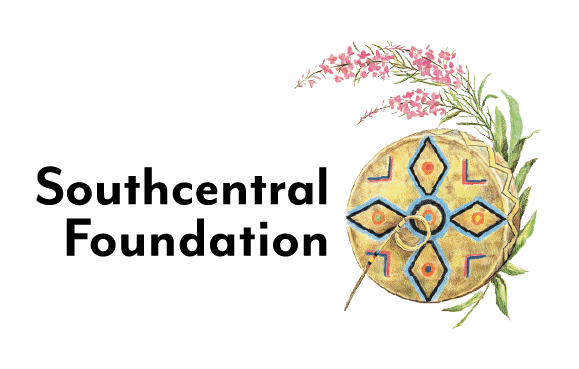What is Autism Spectrum Disorder?
Autism Spectrum Disorder, more commonly referred to as ASD, is an umbrella term for a group of complex disorders of the brain. The disorders within ASD are developmental disabilities that hinder the ability to communicate and interact. In the past higher functioning versions of autism were referred to as Asperger syndrome.
There is no known single cause of Autism, but it is widely accepted that it is caused by abnormalities in brain structure which leads to abnormalities in brain function.
- Autism is a spectrum disorder which means that there is a very wide variation in the way that it affects people. Every individual on the Autism Spectrum has very unique abilities and symptoms which range from the high functioning end to the low functioning end. Not all children experiencing Autism are on one extreme end of the spectrum or the other, many are found somewhere in between.
- Asperger Syndrome was known as a less severe form of Autism. Today we know that autism is a spectrum and use one term. However, individuals with “Asperger syndrome” appear to have average intellectual and language development while experiencing difficulties with social and communication skills. The absence of language delays in Asperger Syndrome is mainly what separates the disorder from Autism. Asperger syndrome may also be referred to as “High Functioning Autism” by many health professionals.
- Pervasive Developmental Disorder(PDD) (Not otherwise specified) includes Childhood Disintegrative Disorder and Rett Syndrome. Both of these are very rare genetic diseases that truly do not belong on the Autism Spectrum because they are considered to be separate medical conditions, but sometimes they are lumped together.
- Autism is more commonly found in boys.
- Autism affects 1 out of every 150 children born in the U.S.
- Autism is the fastest growing serious developmental disability in the U.S.
- Diagnosis for Autism relies on behavioral observation and screening, there is no blood test or scan that can detect the disorder.
- Autism is more common than childhood cancer and diabetes.
- There is no known cure for Autism.
- Many children with Autism have a reduced sensitivity to pain, but may be extra sensitive to sound, touch, or other sensory stimulation.
- Cognitive impairment
- Developmental delays
- Challenging behaviors
- Restricted interests and activities
- Obsessive/repetitive behaviors
- Atypical sensitivity to sensory objects
- Lack of fear or more fear than expected
- Extreme phobias or anxiety
- Avoiding eye contact
- Minimal social skills
- Upset by minimal changes
- Short attention span
- Unusual sleeping patterns
Tips for teaching Individuals with ASD
Activities for children with ASD
Support groups for Autism






